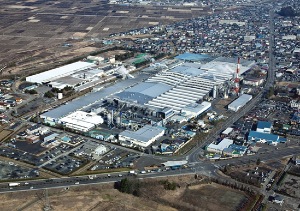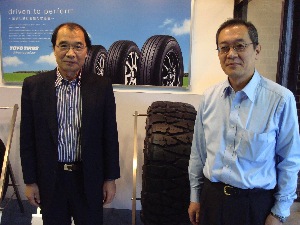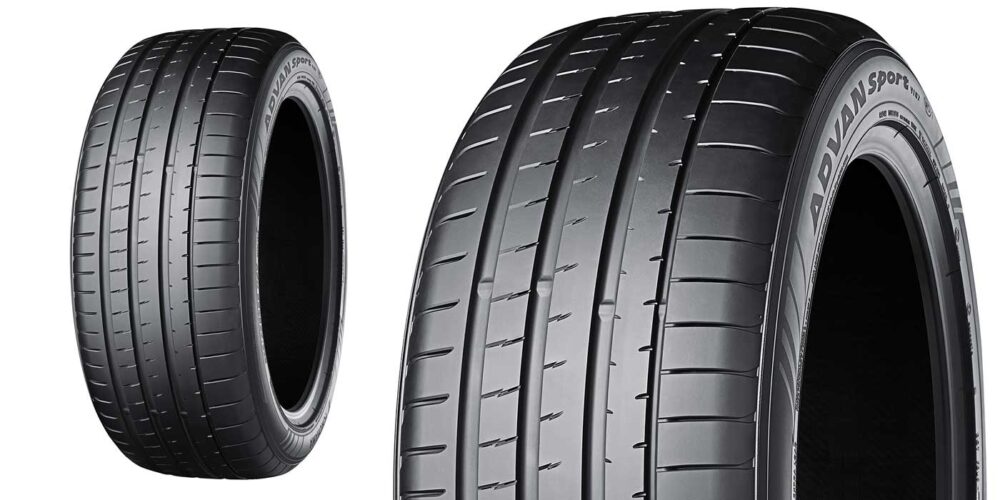Ask Toyo folks about the company’s tire plants in Japan, and you’ll get the same answer: "Have you seen our plant in Georgia?"
Still, while Toyo’s showcase plant in the U.S. houses the tiremaker’s highly automated ATOM production system, its two manufacturing facilities in its homeland are no slouches.
In February, we had the opportunity to tour Toyo Tire & Rubber Co.’s plant in Sendai, Japan. Built in 1964, the plant produces passenger and light truck/SUV tires, primarily for the domestic market. In fact, 86% of Sendai’s passenger tire ticket – and that of its sister plant in Kuwana – are for the Japan market. Nearly 70% of the two plants’ light truck/SUV tires also stay at home.
Toyo also has a joint venture OTR tire plant in Japan: Nippon Giant Tire Co.
So, not only is Toyo’s U.S. plant its most high-tech, it is also the primary source for Toyo and Nitto brand consumer tires sold in North America.
On an overall basis, Toyo said around 40% of its total passenger radial tire production is for the domestic market in Japan, including both OE and replacement tires. The remainder is for export markets. By contrast, the majority of light truck/SUV production is exported.
Toyo opened the Sendai plant in November 1964 as Tohoku Toyo Rubber Co., which produced bias ply passenger and truck tires. By 1971 it was well into radial tires, and in 1978 came under the Toyo Tire & Rubber Co. banner. Today, the plant can handle up to 1,500 different SKUs per month, and it makes tires with wheel diameters ranging from 12 to 30 inches; slightly more than half of its production is in 16-inch or greater diameters, the company said.
The Sendai plant is not a small facility, but numerous expansions over the years have pushed the footprint to the max. Over the years, as production technology improvements have been made, floorspace has gotten tighter and tighter. Land costs being what they are, further expansion may not be in the cards.
Sendai’s employees handle production, tire development and plant management, and Sendai is close to Toyo’s Technical Center and its R&D facility, both in nearby Itami.
On the front end of the process, Toyo is particularly proud of its use of scrap tires in the production system. Toyo has been re-using scrap tires by mixing them with coal to produce energy to operate the plant’s systems. The result is a 10% increase in energy efficiency of the Sendai plant’s production systems.
The Sendai Plant utilizes an earlier variation of Toyo’s ATOM production system, which later evolved to become the system housed at the U.S. plant.
Special racks were created to move the extruded green treads to building stations. Each stainless steel platter holds one piece of tread stock. Toyo officials said the racks help prevent shrinking, allowing for a cleaner seam that translates into a better-balanced final product. In fact, Toyo says this rack system has improved product consistency by 60%.
The rest of the individual tire components – inner liner, belt packages, sidewall rubber, etc. – are stored and transported using familiar butterfly racks and spools.
The tire builders are highly automated, and workers basically physically handle materials only twice during a typical building cycle: once to lay casing plies and once to do the final stitch on the tread stock.
The older building stations, as one would expect, require more physical intervention, but workers pride themselves on being exacting with every movement and the placement of each component.
The curing presses – older and newer – hum along and require virtually no attention. Green tires are delivered to each cure station in special racks designed to reduce stressing. A pair of greens are set in loading cradles in front of each press. When a tire has been fully cured, a robotic arm removes the new tire and places the next green unit into the segmented mold. Cured tires are sent down a conveyor to cool before landing in final inspection and, eventually, into the plant’s warehouse.
Sendai’s warehouse has a huge capacity, and trucks run in and out all day. Nearby is the Port of Sendai, Toyo’s primary export port for the plant, where rubber products (not only Toyo’s tires) account for 42% of its annual shipping.
Toyo may not consider its Sendai plant to be as high tech as its U.S. plant, but the plant has plenty to brag about, and much more to offer Toyo and its customers.













